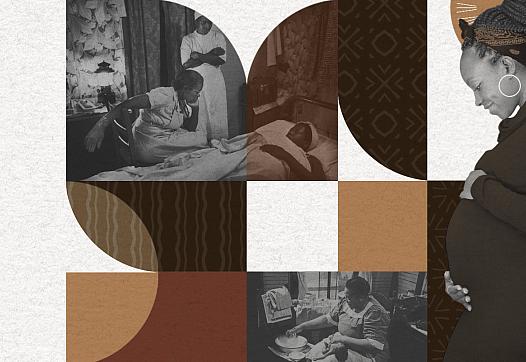
The state acknowledges doula services as part of the solution to reduce maternal mortality.

The state acknowledges doula services as part of the solution to reduce maternal mortality.
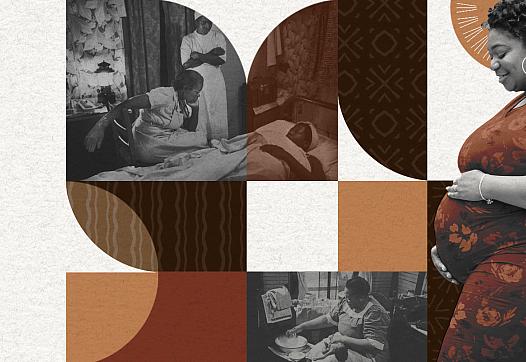
Highly valued, proven effective and undercompensated.
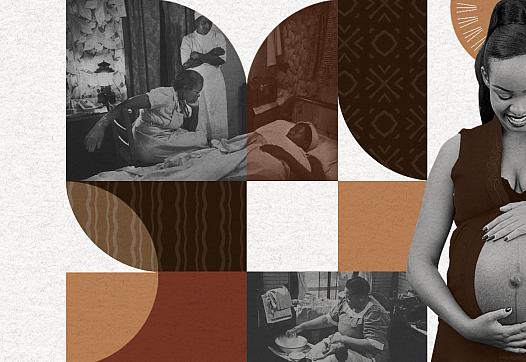
Addressing institutional racism in health care.
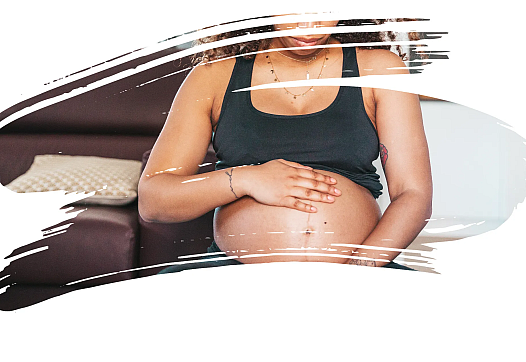
A legacy of injustice and inequity underpins reproductive health care disparities faced today by people of color.
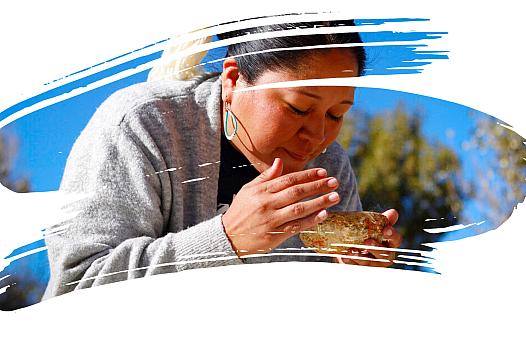
Native Americans travel among the farthest in the nation for maternal care. To fill the void they must rely on each other.
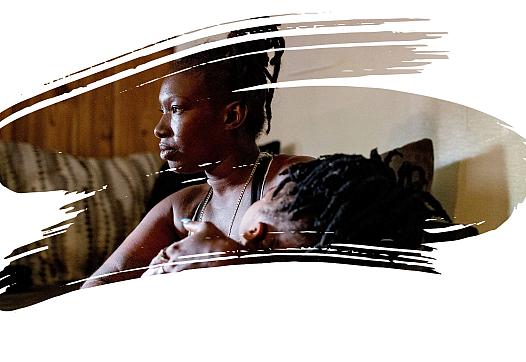
As more rural hospitals and obstetric units close, the federal government is just beginning to define the scope and impact of maternity care 'deserts.'
Thousands could be threatened, experts say, because the same groups most impacted by abortion bans — rural, low-income, and women of color — also experience higher rates of domestic violence.

Many in the resource-strapped sickle cell community find they are unable to access fertility treatments.

People whose maternal care depends on federal dollars can’t get abortions under the Hyde Amendment. What will the end of Roe hold for them?
More than 2 million women live in counties with no birth center or other obstetric care. A ban on abortion could mean greater health risks for them.